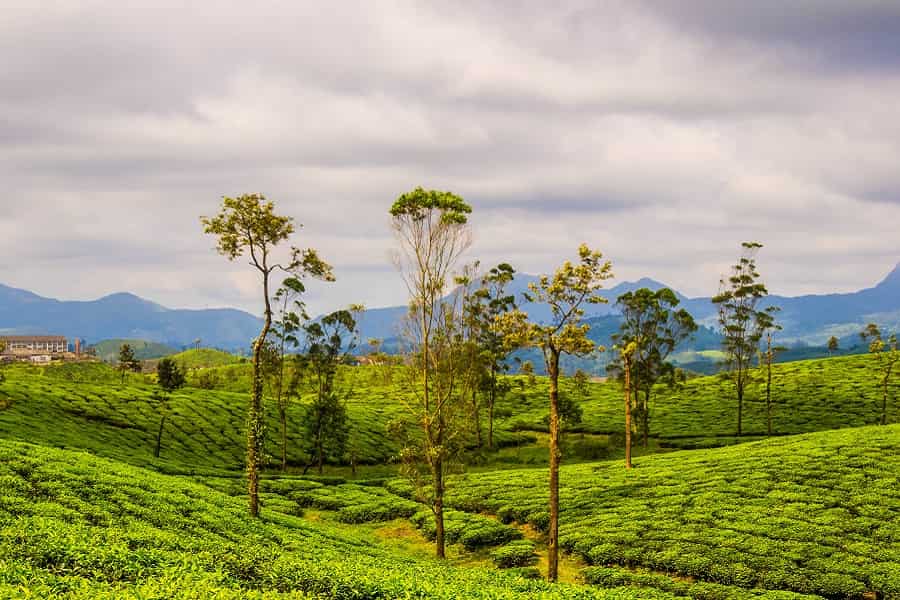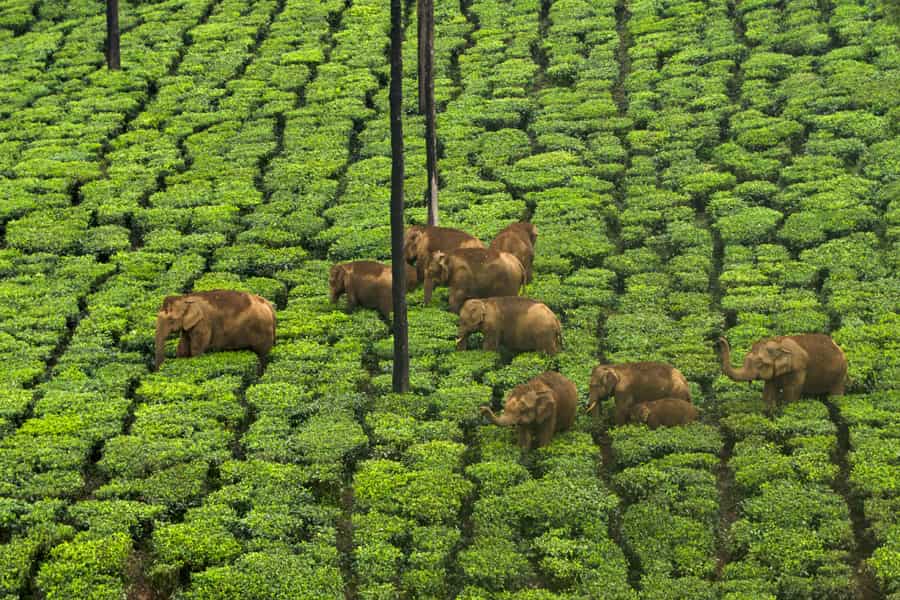Overview
In India, Tea is very popular in all classes of families. There are lots type of teas are consumed by people like Masala Tea, Assam Tea, Green Tea, Butter Tea, Kashmiri Kahwa. Noon Chai. Nilgiri Tea. Darjeeling Tea.
Hence the tea industry in India is doing very good and its contribution in GDP keeps important place. India's healthy economic growth and the subsequent rise in the middle-class population are also proving to be catalysts for the industry's growth as the consumers are preferring premium brands. The rising demand for the packaged variety of the beverage in both urban and rural areas due to lesser chances of adulteration, convenient storage, and their superior quality is further aiding the tea industry in India. The demand for packaged varieties with natural ingredients is also witnessing a growth.
The first step in the process is plucking. The plantation workers pluck the fresh tea leaves, which usually include a bud at the extreme end and two young leaves. Once the leaves are plucked, it's now time to take them to the tea estate for further processing. The next process is the sorting process. Since, leaves of different sizes brew differently, leaves of the same size are grouped together. The freshly plucked tea leaves would be full of moisture on their arrival at the tea estate. This next step, known as withering, reduces this moisture content in them by drying them up by passing air on them gently.
In the next step the withered tea leaves are torn or bruised in order to quicken up oxidation. The process is known as disruption and is usually done by kneading, crushing, tearing or rolling the withered tea leaves.
The next step in the tea leaves processing process is oxidation. This step is important as it decides the colour, strength and taste of the tea. In this step, the tea leaves are laid out on a flat surface for some time at a temperature of about 26℃. All the while they are laid out, the enzymes present in the leaves react with the air causing the color of the leaves to change from green to darker shades. For obtaining tea leaves that make tea with a lighter taste, the leaves are taken out when they are light brown in color. For a strong taste, the leaves are laid out further until their color is darker.
The leaves are now ready for the final step in the processing which is drying. In this step the oxidized leaves are further dried by methods like baking, sunning, panning or air drying to further reduce the moisture content in them before they are ready to be packed and shipped out.

















